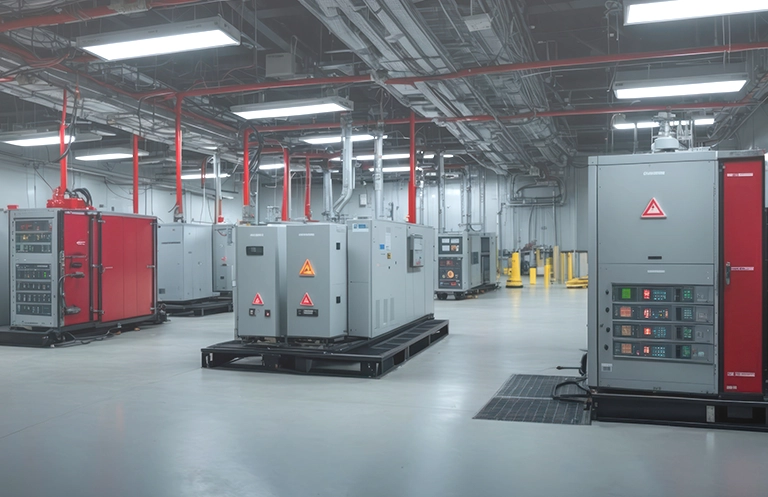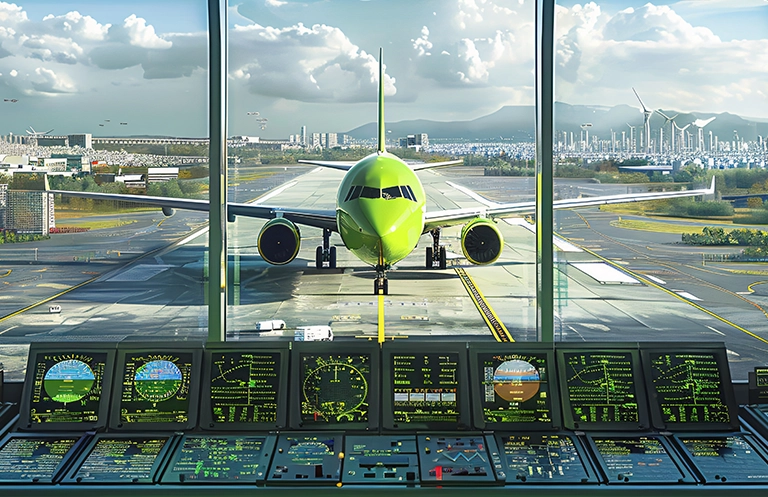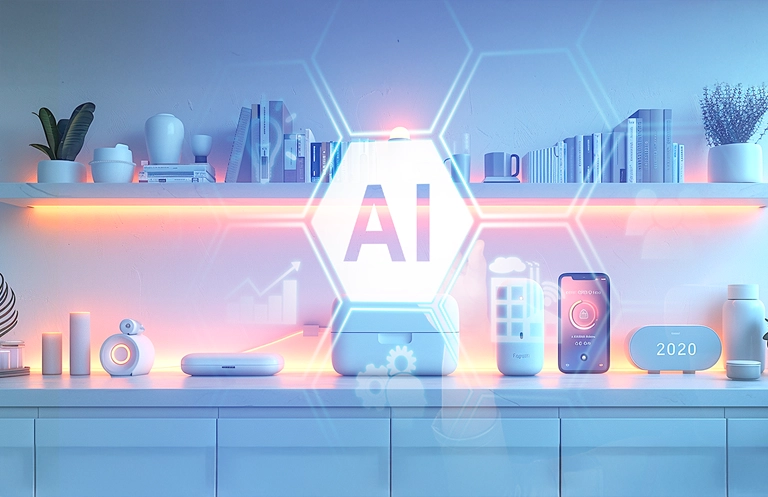Smart cars are in the horizon and as self-driven automotive vehicles are sure to throng the market in the near future, NVIDIA will be gearing up for enhancing its processor showcase to live up to expectations.
Automobiles are getting smarter by the day and even auto-driving themselves, thanks to software advancement that makes infotainment systems and adaptive cruise control an integral part of the overall setup. Tech companies like NVIDIA will view this as an opportunity since they have been working with automakers for nearly a decade. The chipmaker has been powering digital dashboards and infotainment systems like no other, with their incomparable Tegra processors already installed in millions of BMW, VW, and Honda automobiles.
The 2015 edition of NVIDIA GPU Technology Conference (GTC) was an exciting step in GPU computing, with a huge emphasis on deep learning. NVIDIA unveiled GTC Titan X, their flagship card with 3072 CUDA cores, 8 billion transistors and a staggering 7 TF of single precision processing power. Alexnet – a complex deep learning algorithm – can now be trained in less than 4 days, as compared to 43 days taken by a 16-core CPU. NVIDIA also showcased the Digits Devbox – a deep learning desktop with 4 Titan X boards, NVIDIA digits software and a 64GB DDR4 Memory. It handles deep learning training in a matter of a few days, which earlier took weeks to complete.
NVIDIA devices are now used to take on more computation, and even a new artificial intelligence concept called deep learning. These services provide speech recognition and language translation sourced from massive computer data centers. NVIDIA has been looking to squeeze that incredible power into cars to create powerful self-driving car computers that would surely not need humans behind the wheel.
During a recent NVIDIA developer conference in San Jose, CEO Jen-Hsun Huang described and displayed a video that embraced the self-driving cars concept.
But obviously, programming a car to self-drive is not easy. Autonomous cars need to address multiple complex situations too and one cannot program a car for every eventuality. Learning from experience, with guidance is surely the way to go for autonomous vehicles, so say company representatives. A 2003 Darpa project called Dave included a robot who was taught to drive based on neural network-based learning. Dave collected videos of its surroundings, while avoiding obstacles learning to predict the best path. With constant driving experience, the robot got better and better at driving.
NVIDIA’s Drive PX is said to be 3,000 times faster than its Darpa predecessor with 2.3 teraflops of processing power. Even the input includes a staggering 12 cameras simultaneously.
At GTC, we showcased eInfochips capabilities with NVIDIA GPUs. There were two object tracking robots based on Tegra TK1 boards. It is applicable for UAVs where a vehicle is as selected as a target and it is tracked by feature detection. It can be further enhanced to fly UAV on autopilot. We have also optimized two algorithms for seismic processing. For Kirchhoff 2D and Elastic 3D, we achieved 26.5x and 20.5x performance improvement respectively, on NVIDIA Tesla K40, compared to CPUs. We also ported WNDCHRM, an image classification algorithm on Tesla K40 with 20X of performance improvement.
- NVIDIA CEO Jen-Hsun visited our setup and observed our demonstrations on show. He had a quick chat on how the NVIDIA TK1 can be used as building ground for robotics.
eInfochips is a CUDA consulting and a Specialty OEM partner with NVIDIA. A 20 year old product engineering services company which provides services from concept building to design, test, optimization and production. We can provide consulting and engineering services for CUDA porting, optimization and GPU selection. eInfochips’ expertise in reference board designs, image processing, computer vision and the like can accelerate design and development of automotive products based on NVIDIA GPUs. The company has consistently collaborated with the NVIDIA technical team to leverage the experience provided by the latest Tegra™ and Tesla™ processors.












